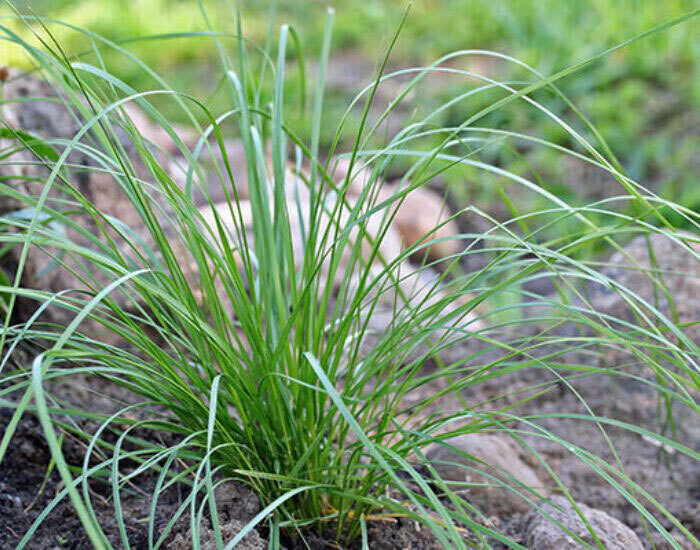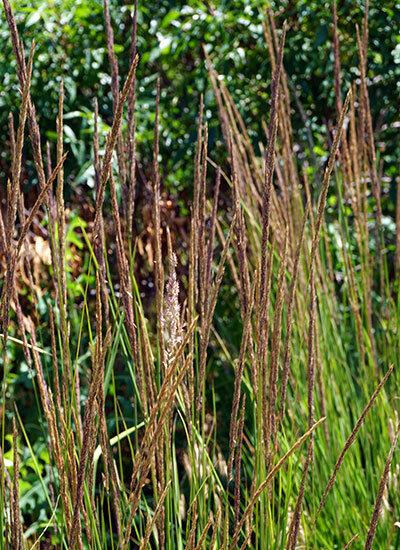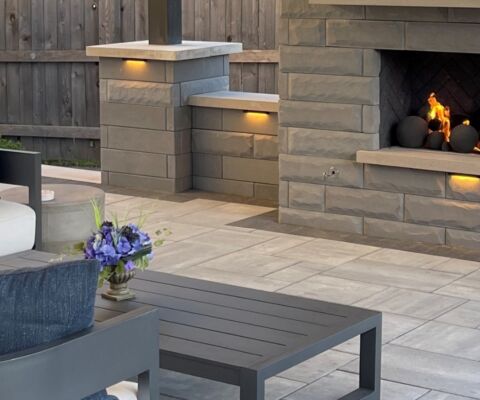April 21st, 2021
Landscape with Grasses from Illinois

Here in the midwest, native grasses are the backbone of our many prairies and meadows. As those prairies transform into the suburbs, those same grasses can work as a wonderful addition to your landscape. Native grasses add a structural and textural element to any garden bed, with the ability to add beautiful color and provide visual interest as the seasons change.
Drainage is key when picking the perfect spot for your new plantings. Native grasses prefer rainfall, so avoid planting them with your perennials that need to be watered by hand. They also will work well in containers, as long as those containers also have good drainage.
Some of our favorites include:
Prairie dropseed (Sporobolus heterolepis)
Size: 2 ft tall and wide
Space: 18 to 24 inches apart
Light: Full sun
Soil: Well drained
This grass grows in mounds and has wispy flowers that smell amazing. This grass can soften the feel of borders and paths in your yard. In autumn the color changes to orange hues.
Hairgrass (Deschampsia cespitosa)
Size: 1 foot wide with stalks reaching 3 feet tall
Space: 24 to 36 inches apart
Light: Full sun to part shade
Soil: Medium to moist soil
The fluffy fronds of hairgrass are a beautiful addition to any cool spot in your yard. They start off green and then transform over the summer and fall into shades of gold and silver.

Indiangrass (Sorphastrum nutans)
Size: 3 feet wide and 6 feet tall
Space: 12 to 24 inches apart
Light: Full sun
Soil: Any soil type, including clay
If your soil is less than ideal, this is the grass for you! Indiangrass adds natural drama to your landscape all year long. The blue-green summer leaves turn gold in fall and its height makes it a perfect backdrop to your garden
Big Bluestem (Andropogon gerardii)
Size: 2 feet wide and 5 to 8 feet tall
Space: 20 to 40 inches apart
Light: Full sun
Soil: Moist to dry
The native grass will start off slowly in spring, but by late summer will stand tall and attract butterflies and birds to your yard. In autumn the lower part of the grasses turns golden while the tall foliage becomes a deep amber. Big Bluestem grass is also an excellent choice for adding some natural privacy to your landscape.
Bearded Shorthusk (Brachyelytrum erectum)
Size: 1 to 3 feet tall
Space: 12 to 18 inches apart
Light: Part sun to full shade
Soil: Average to moist
This grass grows with tall, narrow stalks and with several outshoots of green leaf blades that get to be about six inches long and almost one inch wide. This grass is perfect for the shadier areas of your landscape and will survive even in sandy soil.
Northern sea-oats (Chasmanthium latifolium)
Size: 2 to 3 feet tall
Space: 12 to 18 inches apart
Light: Sun to part shade
Soil: Moist
This grass resembles bamboo as it starts growing followed by beautiful flat flower-like spikes. Provides a wonderful wildlife sanctuary and food source. Foliage turns coppery in the fall and brown in winter.
Ornamental grasses in general do not require fertilization. In fact, some grasses may become overgrown if fertilizers are used. It’s important to cut back your grasses at the end of the year (to around four inches works for most) to make room for new growth. If you decide to divide your plantings, spring is the best time to move them.




